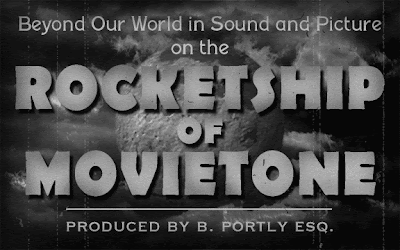The Phantasists are renown throughout the galaxy as dream merchants. No purveyors of mere sims or other mass produced neural trickery, the Phantasists use ancient arts to craft neurochemical mixtures that deliver an individualized, specific, and vivid oneiric experience.
The Phantasists inhabit the sky city of Eidolon (believed to be a folly constructed by a prelapsarian plutocrat), floating above an environmentally damaged world populated by nightmare horrors. They generally appear as baseline humanoids with pale complexions and blue eyes, though they are a creative people and sometimes wear other more varied bodies. Phantasist society is a syndicate subdivided by guild and class. At least when dealing with the public, all Phantasists affect an air of ancient nobility. Though their own official history is perhaps purposefully obscure on their origins, historians believe the Phantasists are descended from an artists’ colony that took up residence in the city during the age of decline before the Great Collapse.
Phantasists have made extensive study of dreams. Their technicians (or “oneironauts” in their advertising copy) delve into simulations constructed from centuries of dream log data gathered in their sleep laboratories from a myriad of sophonts. Comparing the subjective experience with real-time neurologic data they have been able to isolate dream elements and experiences. All this knowledge goes into the synthesis of their oneiric neuronanochemical cocktails for high paying clientele.
Phantasists don’t seek to create crude and causality-bound simulations of physical reality; Their aim is the crafting of experiences with the particular sensation of a dream. There are rumored to be rogue oneirochemists who are willing to create jamais vu traps and unwaking nightmares for special clients, but the Phantasists vigorously deny that any of their number would participate in those practices.
[For Brutorz Bill who's been wanting new science fiction material. More to come. ]






crop.jpg)



















